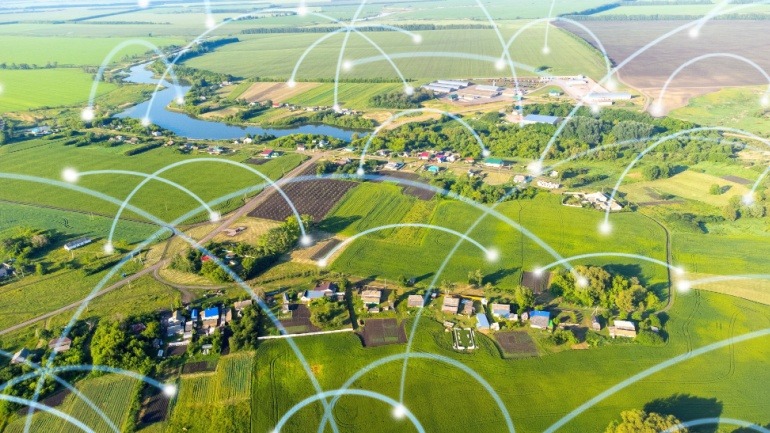A new survey reveals that poor internet access is holding back UK farmers, with nearly one in ten farms entirely offline. As reliance on smart technology grows, slow connections hinder productivity, innovation, and well-being. Full fiber rollout is crucial to bridging the rural digital divide and unlocking the full potential of British agriculture.
Quickline’s launch of a telecoms apprenticeship program is revolutionizing rural broadband through skills development. The initial cohort of apprentices enrich Quickline’s operations, gaining practical experience and enhancing gigabit broadband delivery in rural Yorkshire and Lincolnshire.
CityFibre, the UK alternative network provider, urgently seeks external funding to maintain pace against competitors like Openreach. Despite financial challenges, CityFibre reported impressive growth with a revenue surge to £99.67 million in 2023.
Cornish ISP Wildanet has secured £35 million from UK Infrastructure Bank to expand their fibre-to-the-premise network. This funding aims to connect an additional 20,000 homes and businesses in Cornwall, enhancing connectivity and driving economic growth.
Broadband infrastructure provider Openreach has unveiled plans to extend its full fibre broadband services to 517 additional locations across the UK, bringing fibre-to-the-premise (FTTP) to an extra 2.7 million homes and businesses. This ambitious rollout includes 400,000 homes in rural areas, highlighting Openreach’s commitment to bridging the digital divide.
GoTo’s new AI-powered scam detection feature aims to protect users from rising remote support scams. Freedom Fibre secures funding for rural fibre rollout, Openreach extends network, but low uptake rates pose challenges.
Anritsu’s MasterClaw Service Assurance is now validated on Red Hat OpenShift, enhancing its cloud-native benefits. Aryaka expands its network with a new PoP in Madrid. DRFortress and Megaport have partnered to launch a new public cloud on-ramp solution.
Discover Altnets and ISPA’s newly launched report’s deep dive into UK’s full fibre broadband sector. Unearth historical setbacks and the transformative impact of procurement strategies in this detailed analysis. Insight-packed, it fosters understanding of the sector’s intricacies and highlights Altnets’ contribution to the gigabit broadband transition.
As the UK aims for nationwide gigabit broadband by 2030, the often unnoticed, green telecom boxes are seen in a fresh light. No longer just unassuming eyesores, these versatile enclosures are revealing opportunities for additional revenue, environmental monitoring, security surveillance and more. But sponsorships for these expanded roles remain undetermined.
CityFibre’s full fibre network in the UK now reaches 3 million premises, a rapid expansion when considering it connected 2 million just a year earlier. Recent key milestones include securing wayleave permissions and financial support totalling nearly half a billion pounds. Technological strides include the market launch of its XGS-PON service offering potential speeds up to 10Gbps. As these advancements continue to transform broadband, stay tuned for updates.
Dive into the world of high-speed internet connectivity with over 500,000 premises now experiencing 10Gbps speeds using XGS PON fibre infrastructure and welcome news of future expansion plans. A remarkable achievement for Netomnia, this latest success marks just the beginning of their journey towards connecting one million homes by 2024. Central to these ambitions is the goal to cater to underserved rural and less-resourced sectors, revolutionising connection experiences across the UK.













